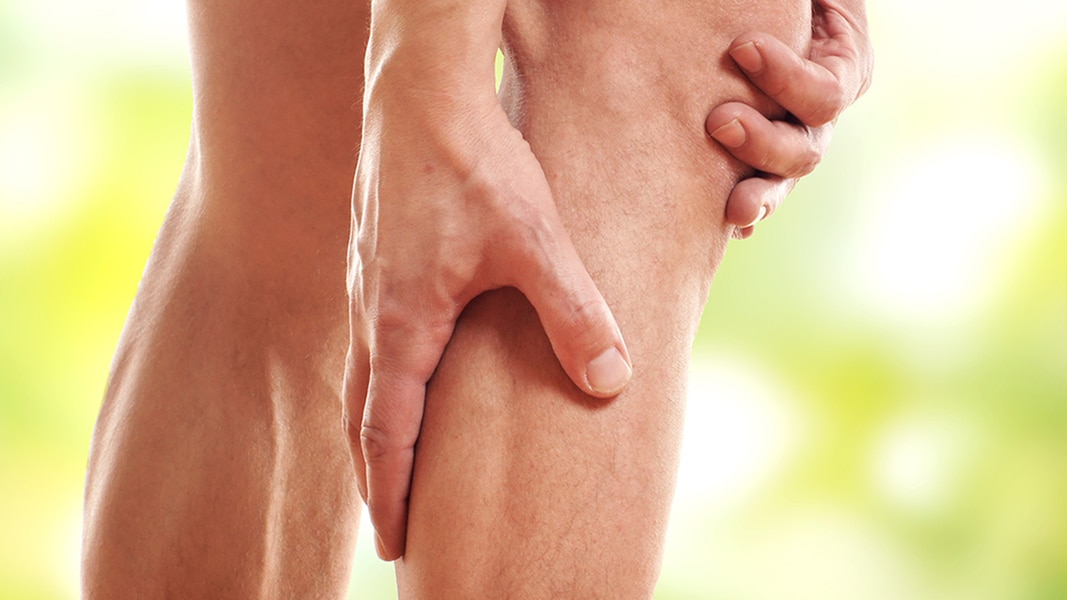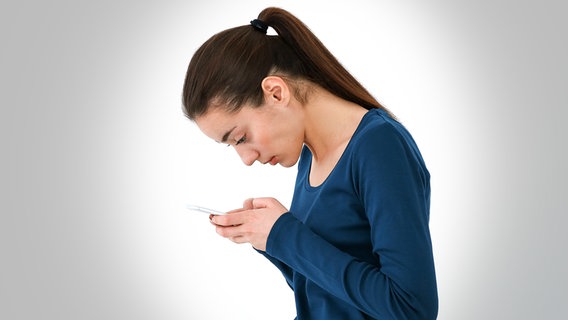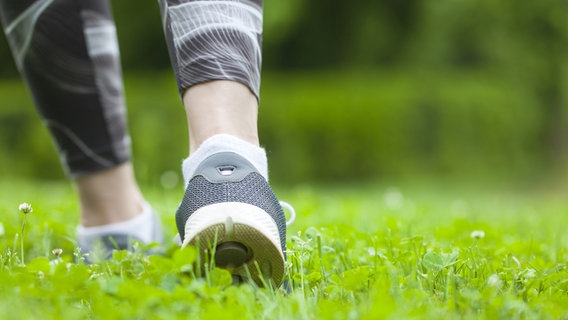Status: 05/30/2023 08:13 a.m
Training after a long break or unfamiliar movements can lead to sore muscles. This causes small inflammations in the muscles. One symptom is pain. What helps against the symptoms?
Who does not know it? You have finally gotten yourself back into sport and are promptly punished. The next day, some muscles feel uncomfortably tight.
Causes and symptoms of sore muscles
The mechanism behind muscle soreness is quite complicated. Roughly speaking: when the muscles are sore, protein threads in the individual muscle fibers are torn from their actual anchorage. These very small cracks cause small inflammations. And then about twelve to 36 hours later they cause the classic pain of sore muscles. The following symptoms are typical:
- Pain with the smallest movements, so that the range of motion is limited
- feeling of powerlessness
- Muscle is sensitive to touch
- Muscle feels stiff, may even be slightly swollen
The fortunately harmless symptoms gradually subside in the following days. A slight muscle soreness is a positive training effect and not harmful: the muscles are stimulated to prepare for heavier loads – and even grow as a result. However, if you are not able to work under pressure for two to three days after training, the muscle has been injured too badly.
Sore muscles are often caused by eccentric movements
Muscle soreness occurs especially with eccentric movements. In contrast to concentric movements (e.g. bicep training with a dumbbell), in the case of eccentric muscle contractions, stretching is slowed down by external forces. The muscle becomes longer during the movement and tenses at the same time. This happens, for example, with lunges in tennis or hockey. And especially when walking or running downhill or down stairs, this special muscle movement occurs. If the stretch is too great, individual fibers tear – presumably because only a few muscle fibers are activated and each fiber is exposed to a relatively large load.
Prevent muscle soreness: stretching helps, magnesium doesn’t
Stretching is part of the warm-up program before exercise and can then definitely reduce severe muscle soreness. After training, stretching has no significant effect. And minerals such as magnesium help neither to prevent nor to alleviate muscle soreness.
What helps against sore muscles?
Immediately after training, cold can be effective. The micro-injuries cause swelling in the tissue. The cold causes the swelling to go down. Painkillers, on the other hand, are not a good choice. Anti-inflammatory drugs even have a negative effect: they can inhibit muscle cell adaptation to training, muscle growth. The following measures can help or provide relief:
- Heat helps – for example in the sauna or by taking a hot shower. Because the heat promotes blood circulation, more healing substances can reach the inflamed muscle fibers.
- Essential oils, for example with rosemary or peppermint, and sports ointments can relieve the symptoms of sore muscles. They also stimulate blood circulation and help with regeneration. A tip: If the peppermint aroma is too strong for you, you can dilute the oils slightly with water.
- If you want to continue training, you should switch to more concentric training – such as cycling – if your muscles are sore. This improves the entire metabolism and thus also the regeneration of the injured muscles.
- Certain foods can also help the body with inflammation: dark red fruit (such as cherries) contain anthocyanins. These plant pigments can reduce inflammation in the body. It should be similar with almonds. The secondary plant active ingredients in the shell are said to help control oxidative – i.e. negative – stress. At least that’s what one wants US study found. 60 grams of almonds after training should alleviate the symptoms.
Expert on the subject
Further information



